 |
|
|
|
New research stemming from collaborations between scientists at Queen’s University, l’Institut national de la recherche scientifique (INRS), and Brock University demonstrates that the diatom Didymosphenia geminata (commonly known as didymo or “rock snot”) is not an invasive algal species to eastern Canada. These findings debunk commonly held assumptions of many river ecosystem managers and government authorities across North America regarding contemporary didymo blooms.
This nuisance species was first officially reported in the Gaspésie region of Quebec in the summer of 2006. At the time, the Matapédia River was covered with thick, woolly mats of algal growth on its rocky bottom. Many river management authorities believed that human transfer by recreational users was the most plausible explanation for didymo’s occurrence. Didymo has since proliferated across the region with blooms being observed in more than 25 river ecosystems. Blooms have become a cause for concern because of habitat overlap with juvenile Atlantic salmon and potential negative consequences for vulnerable salmonid populations. An examination of dated lake sediments, the fossil algal assemblages preserved within them, and historical reports has revealed that didymo has been present in these river ecosystems long before 2006.
“The concept of an ‘invasive’ microorganism such as a diatom is flawed,” says lead author Michelle Lavery, a former student at Queen’s University and current Master’s student at the Canadian Rivers Institute (University of New Brunswick, Fredericton). “Didymo has been present in the regional algal community for much longer than many people thought. Instead of human introduction, an environmental trigger is a more probable cause for its recent proliferation.”
Algal remains preserved in dated sediment cores from two lakes in Gaspésie were analyzed along with long-term climatic data and historical algae surveys. Reconstructions of the lakes’ past aquatic communities corroborated historical reports of didymo from the early 20th century and revealed an all-too familiar environmental trend – the likely additional impacts of global climate change on regional algal communities. The authors show that increased regional temperatures beginning ~1970 and earlier ice-out dates may have created conditions favorable to didymo’s growth, enabling the species to proliferate in the mass quantities observed.
“The lack of detailed monitoring data, which is common for almost all aquatic ecosystems, often makes it difficult to determine ‘cause and effect’ when dealing with environmental issues”, notes John Smol, a professor in the Department of Biology who also holds the Canada Research Chair in Environmental Change. “Fortunately, lake sediments can act as a ‘time machine’ to reconstruct these missing data sets. Once again, our study suggests that we may have yet another negative impact of climate warming.”
“We now have a clearer picture of what is causing didymo blooms in these iconic salmon rivers,” says Dr. Joshua Kurek, a Postdoctoral Fellow at Queen’s University, Department of Biology. “However, questions remain - namely the relative importance of didymo as a stressor compared to other threats to juvenile salmon populations.”
This study, published in the Canadian Journal of Fisheries and Aquatic Sciences, refutes the “human-transfer hypothesis” for explaining recent didymo blooms and instead suggests that these blooms may be linked to the far-reaching effects of global climate change on aquatic ecosystems.
Funding for the research was provided by the Atlantic Salmon Conservation Foundation (ASCF) and the Natural Sciences and Engineering Research Council of Canada (NSERC).
PLEASE NOTE: A copy of the study can be obtained from John Smol at smolj@queensu.ca or the journal website.
Contact:
Rosie Hales or Anne Craig
News and Media Services
Queen's University
Kingston, Ontario, Canada
Anne 613-533-2877
anne.craig@queensu.ca
Rosie 613-533-6000 x77513
rgh3@queensu.ca
Attention broadcasters: Queen’s can provide high-quality audio and video feeds. For television, we can provide a live, real-time double ender via fibre-optic cable.
NOTE: For high-resolution JPEGS related to this paper, Click Here.
|
Michelle
Lavery (Available for interviews in French) |
|
Joshua
Kurek |
|
Kathleen
Rühland |
|
Carole-Anne Gillis (Available for interviews in French) |
|
Michael Pisaric Department of Geography, Brock University St. Catharines, ON, Canada, L2S 3A1 T: 905-688-5550 x6152 mpisaric@brocku.ca |
|
John P. Smol Paleoecological Environmental Assessment and Research Lab (PEARL) Department of Biology, Queen's University Kingston, ON, Canada, K7L 3N6 T: 613-533-6147 smolj@queensu.ca |
Scientific American: http://www.scientificamerican.com/article/rock-snot-gets-a-boost-from-climate-change/
Acadie-Nouvelle. Local newspaper. Title: Algue envahissante: le réchauffement climatique montré du doigt
Radio-Canada: http://endirect.radio-canada.ca/Event/Actualites_Est-du-Quebec/107223560?ss=1
Phys.Org: http://phys.org/news/2014-02-debunk-argument-invasive-algal-species.html
Kingston Hearld: http://kingstonherald.com/tech/didymo-global-warming-2010312902
CBC online: http://www.cbc.ca/news/canada/new-brunswick/rock-snot-found-to-be-native-algae-species-in-n-b-1.2554825
CBC News: http://www.cbc.ca/player/News/Canada/NB/ID/2439779643/CBC New Brunswick: http://www.cbc.ca/player/News/Canada/NB/ID/2439822423/
MSN News Canada: http://news.ca.msn.com/local/newbrunswick/rock-snot-found-to-be-native-algae-species-in-nb
Telegraph Journal 04 March 2014
Live Science: http://www.livescience.com/43859-rock-snot-climate-warming.html
Discovery News: http://news.discovery.com/earth/global-warming/rock-snot-infestation-caused-by-climate-change-140405.htm
Live Radio at 4:35, March 5 http://www.news957.com/
Yahoo News: http://news.yahoo.com/rock-snot-infestation-caused-climate-change-study-suggests-141913461.html
Grist: http://grist.org/list/rock-snot-is-the-grossest-climate-change-effect-weve-ever-seen/
Mother Nature News: http://www.mnn.com/earth-matters/wilderness-resources/stories/whats-causing-canadas-rock-snot-infestation
Universite du Quebec: http://www.uquebec.ca/communications/article.cfm?annee=2014&cat=1&newsid=10566
INRS News: http://www.ete.inrs.ca/actualites/algue-didymo-dans-les-rivieres-due-aux-changements-climatiques
Sudan Vision Newspaper!: http://news.sudanvisiondaily.com/details.html?rsnpid=233148
e! Science News: http://esciencenews.com/sources/live.science/2014/03/04/rock.snot.infestation.caused.climate.change.study.suggests
The Lunchbox, CHSR 97.9 FM, 12 March 2014
Outdoor Canada: http://outdoorcanada.ca/35575/news/articles/study-rock-snot-blooms-may-result-from-climate-change-not-anglers
Greenme.it: http://www.greenme.it/informarsi/ambiente/12791-didymo-alga

|